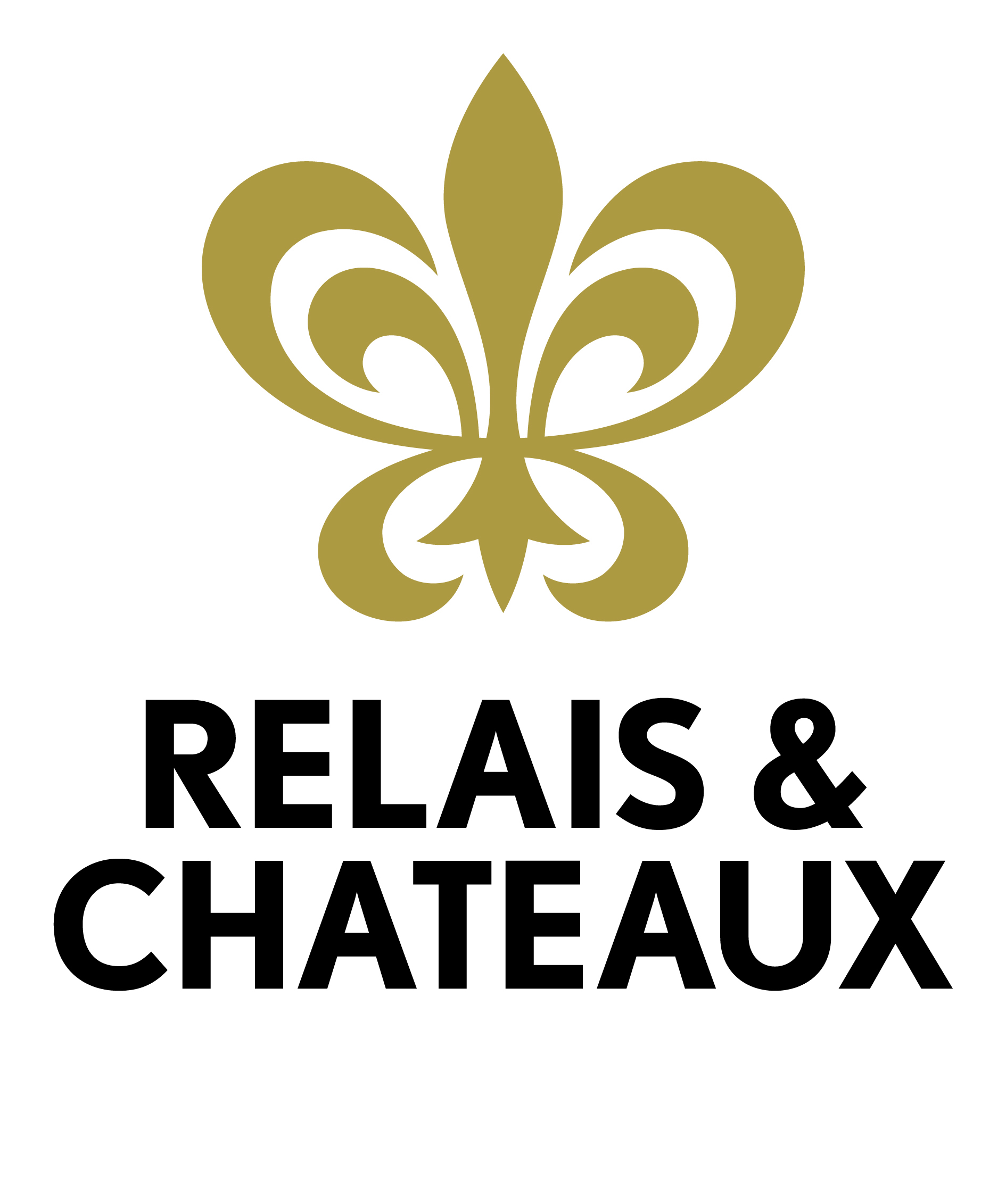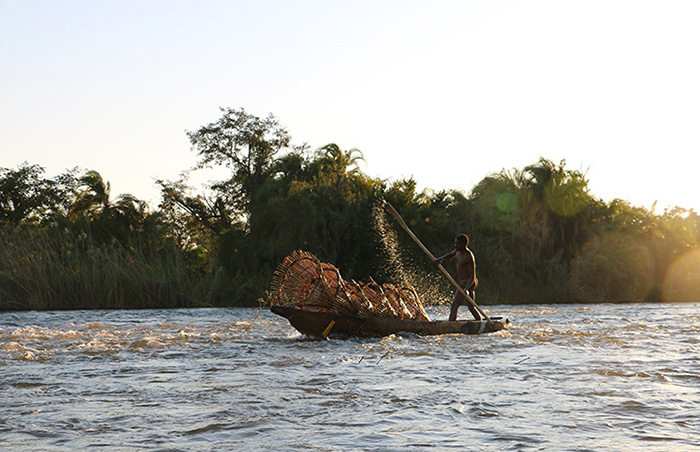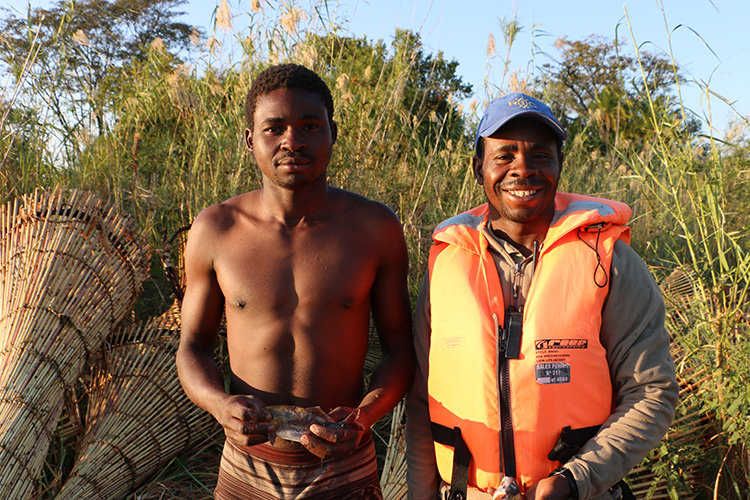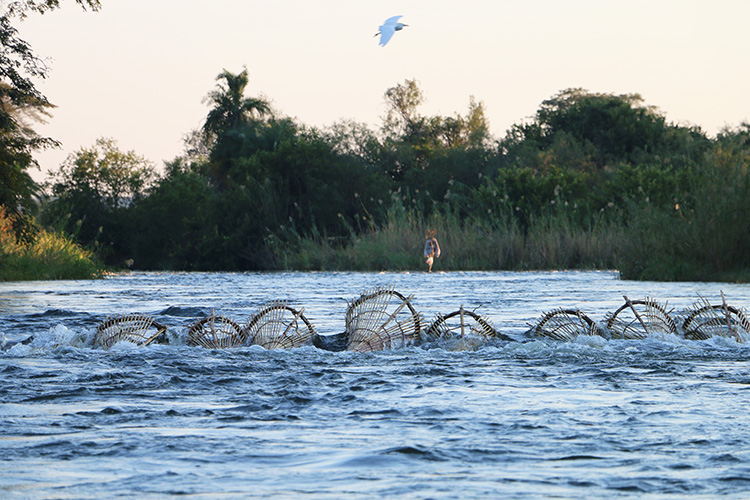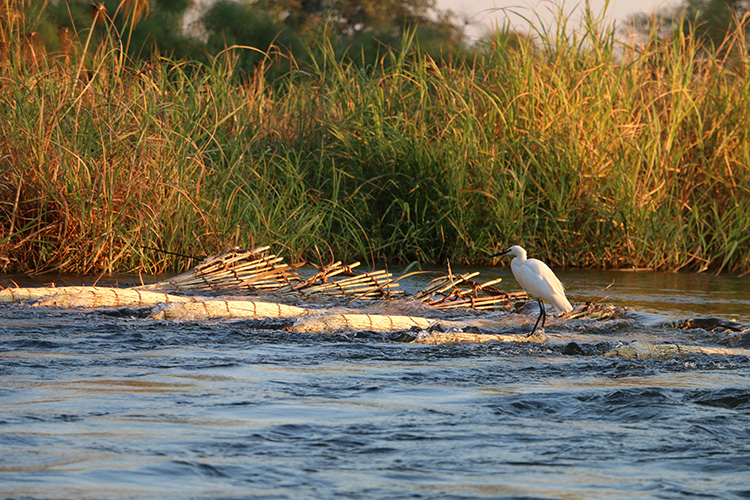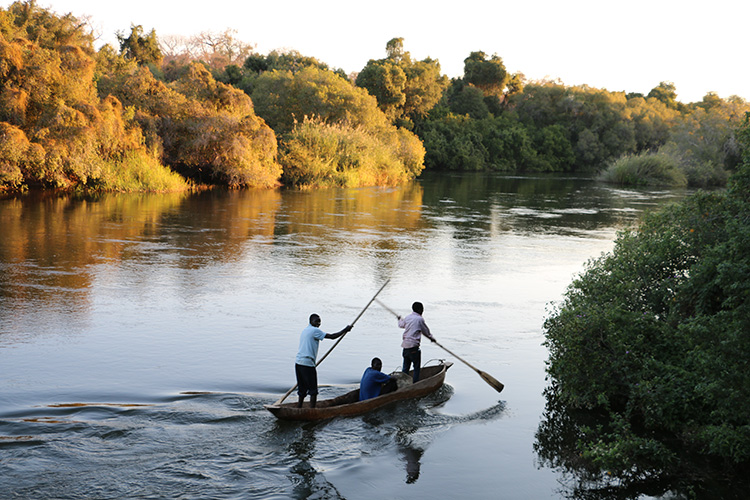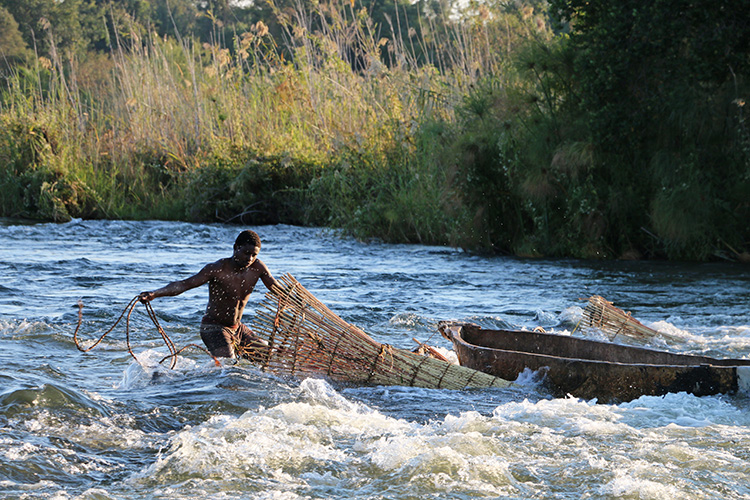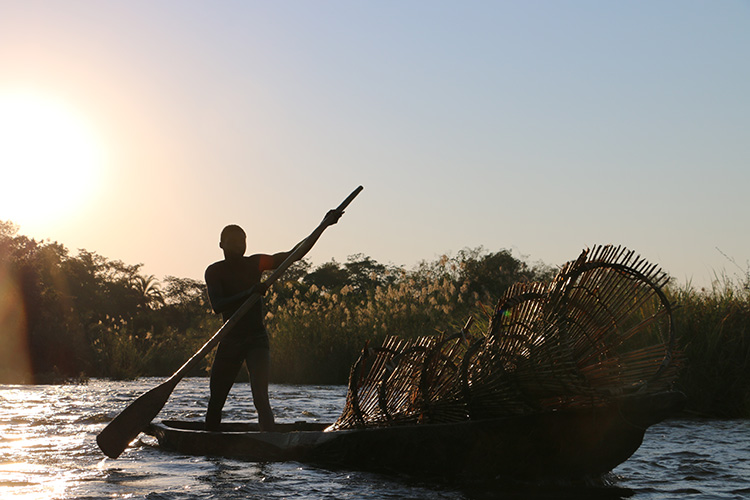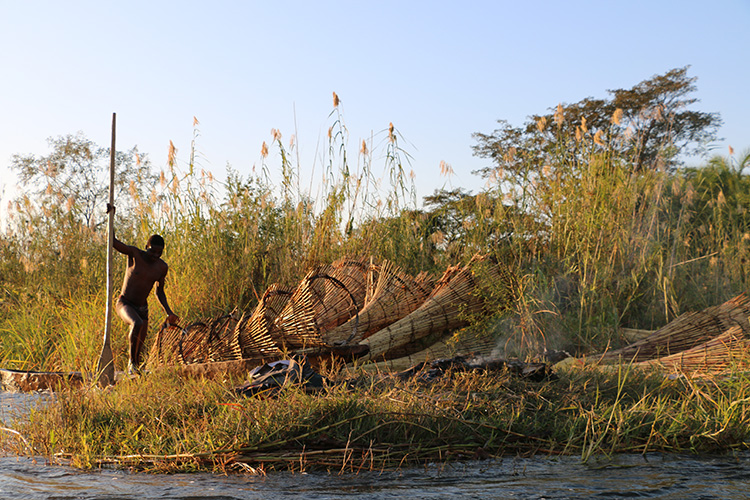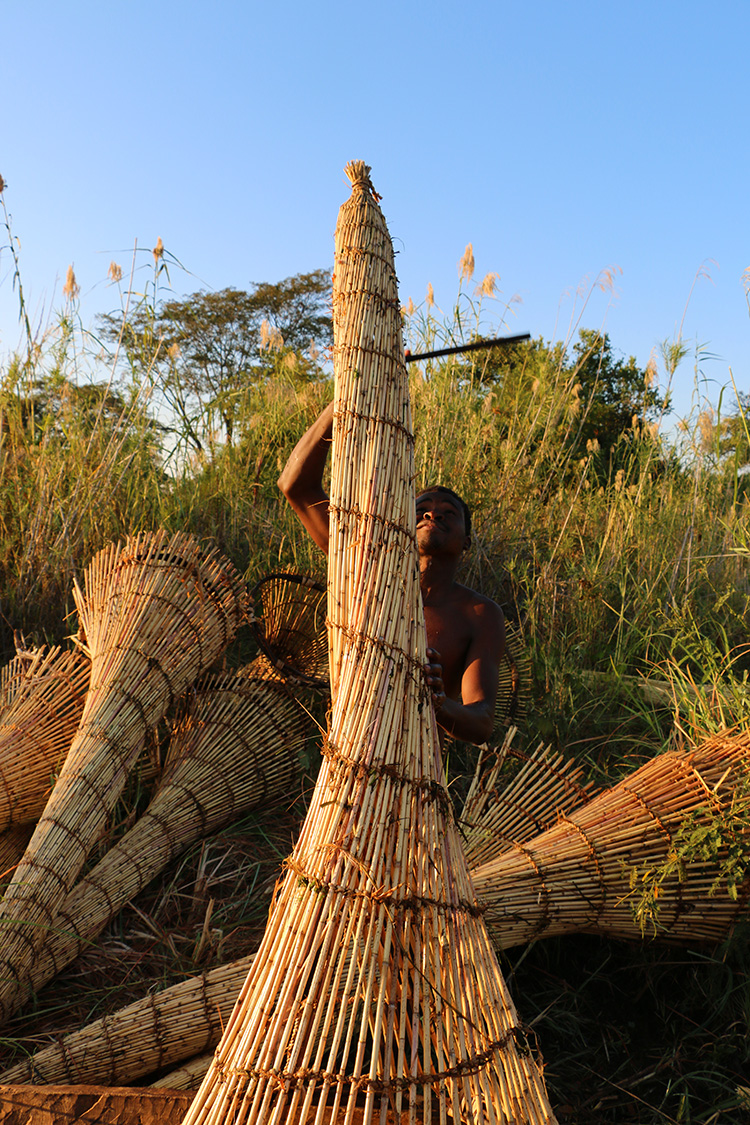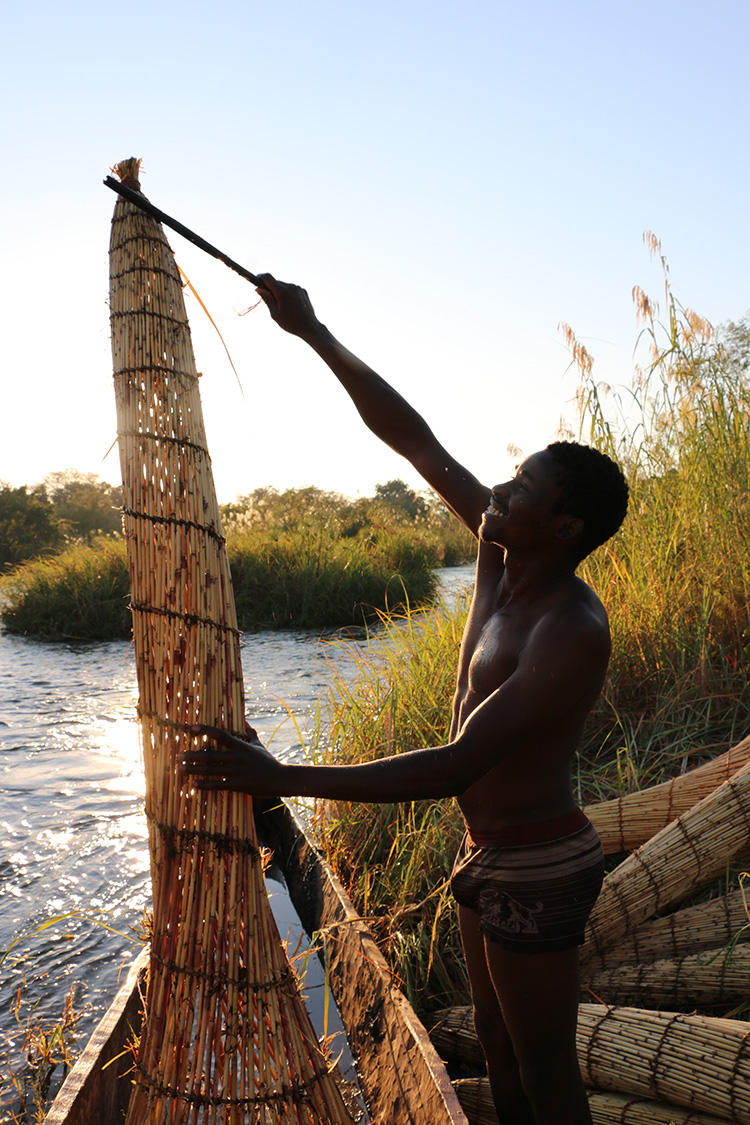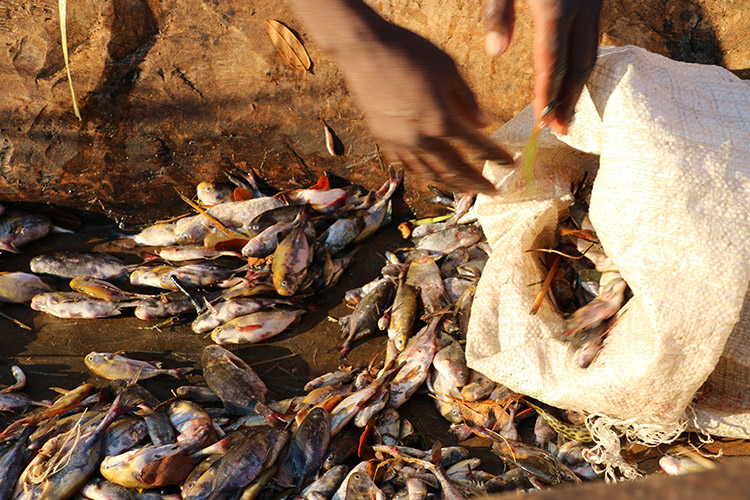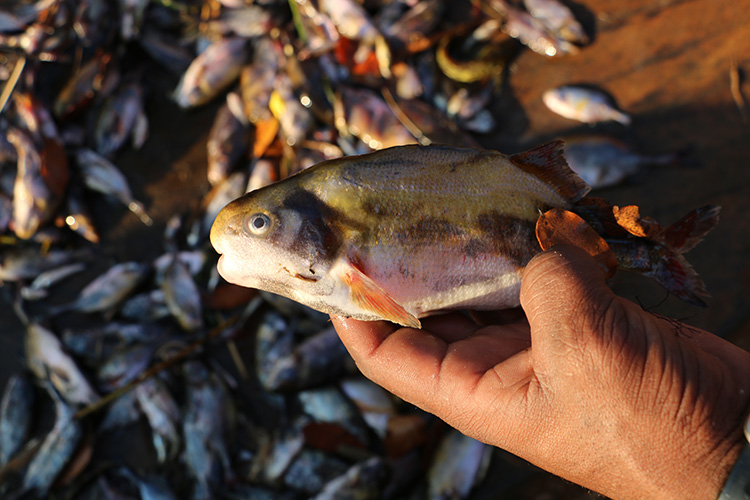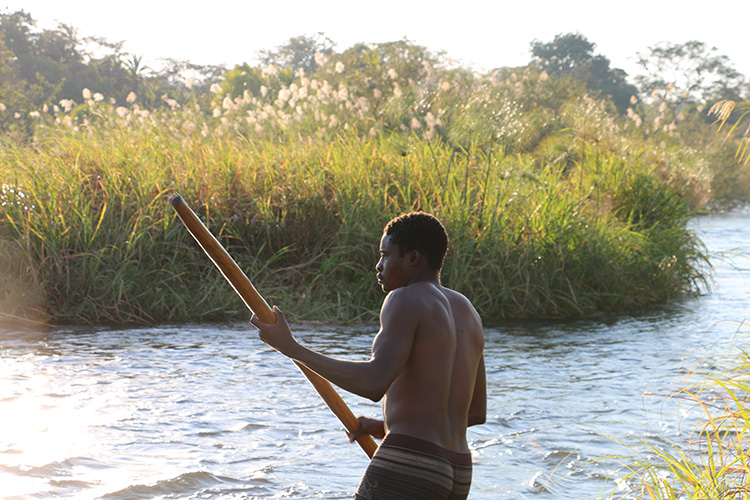Our 10 Questions series has featured the favourite wild moments of Relais & Châteaux Africa’s adventurers. Today, I’m going to tell you about one of mine.
Everyone has their own criteria for what makes an adventure. For me, it is often about my camera and the rare moments it manages to capture. The Parrotfish Run in Zambia, the Zambezi’s Great Migration, is one such moment, and it is one wild and wonderful adventure.
After watching mokoro after mokoro glide past my deck at Royal Chundu‘s Island Lodge, Gerard and I joined them on the Zambezi, our vehicle an inflatable canoe, and Royal Chundu’s Head Guide, Sililo, or “SK”, our ‘in’.
Richard & SK
The Parrotfish Run is a decades old tradition. Each year, from around June to August, millions of these fish are pulled downstream by the main river current. The usually serene upper reaches of the Zambezi transform into a lively harbour with women and children on the sidelines and the fishermen spread across the channels – often thigh-high in the water itself, sometimes even immersed up to their necks.
Hessah Silwebbe, GM at Royal Chundu, a lodge set on a private waterway between the two rapids where the fishing takes place, explains, “Once the fish hit the smaller rapids, they make for an easy catch for fishermen perched and waiting with their handwoven fishing baskets, made of reeds and palm tree leaves, ready to make their mark. Families set up camp along the riverbanks to take advantage of this annual event.”
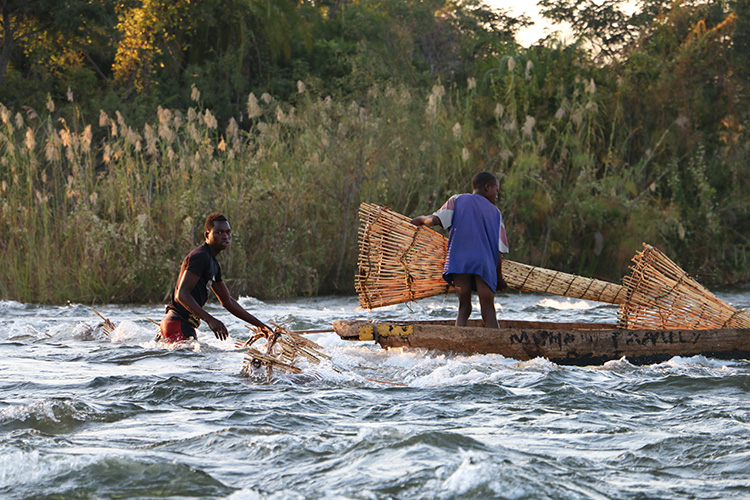
The run is an essential part of the lives of the local communities. According to SK, most of the Parrotfish caught is sold at markets either along the riverbank or further inland, providing the families with an income. There is method in the seeming madness of the flurry of fishermen, as each channel is demarcated to a specific family – so-called unwritten territorial rights exist that determine who can fish where. In order for an outsider to fish on one of these taken channels he must be hired by the family who owns it.
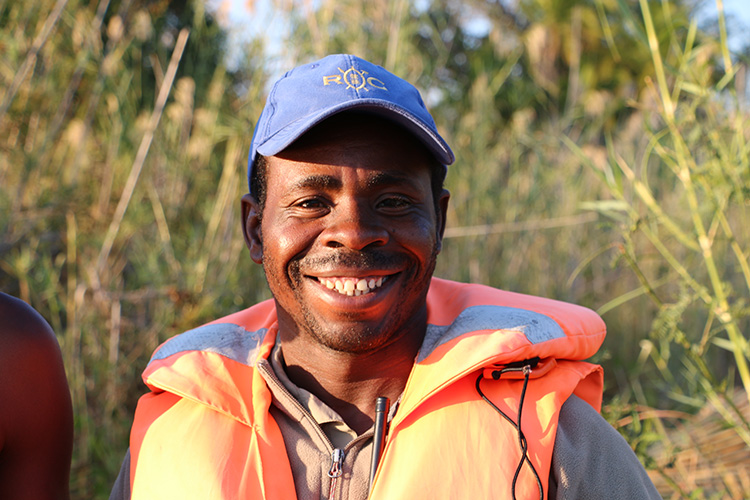
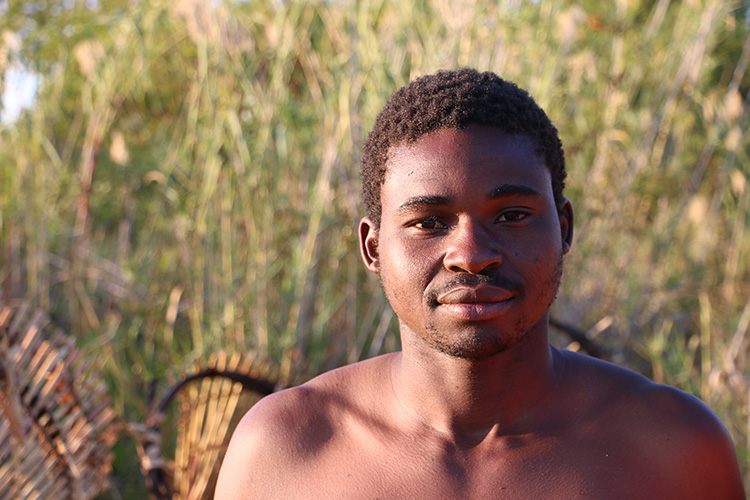
SK’s family is represented here too. We head out early one June morning at sunrise, when our fingers have yet to thaw. He takes me to his channel where his half-brother, Richard, is at work. There is a saying on the Zambezi… “Live by the river, die by the river.” This is the law of the land here. The river serves as both a life provider and a reminder of that life’s fragility. The same river that will provide SK’s family with sustenance for the year took their father years before. There is a reason the hippo is considered Africa’s most dangerous animal.
This is the Parrotfish Run. And our journey starts with a scarecrow…
The task of the scarecrow, dressed to resemble a person, is to keep the otters and other riverine animals away from the handwoven traps.
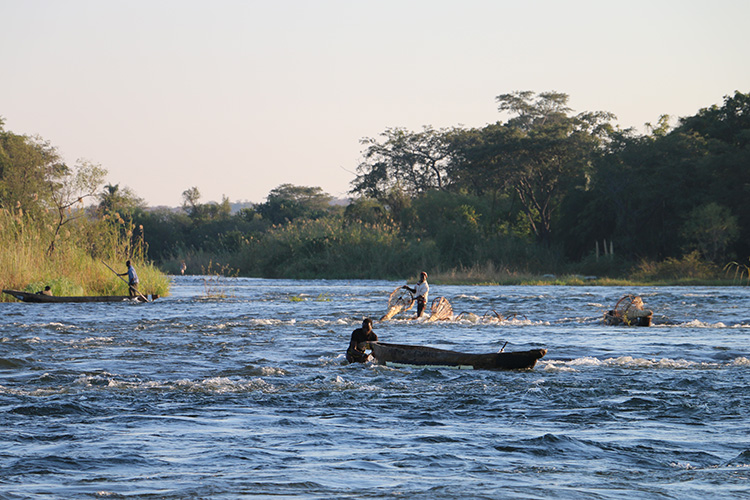
Above: The busy ‘harbour’
Above: Often whole families pick up their lives to join the fishermen and can be seen manoeuvring up the Zambezi to their river channel in mekoro laden with supplies, including food and family pets.
Below: Richard brings in his traps to empty their catch on his demarcated islet. With several of the baskets filling his channel, it is a back-and-forth journey, angling often against the rapids and calling for some cowboy-wrangling from outside the mokoro as much as in.
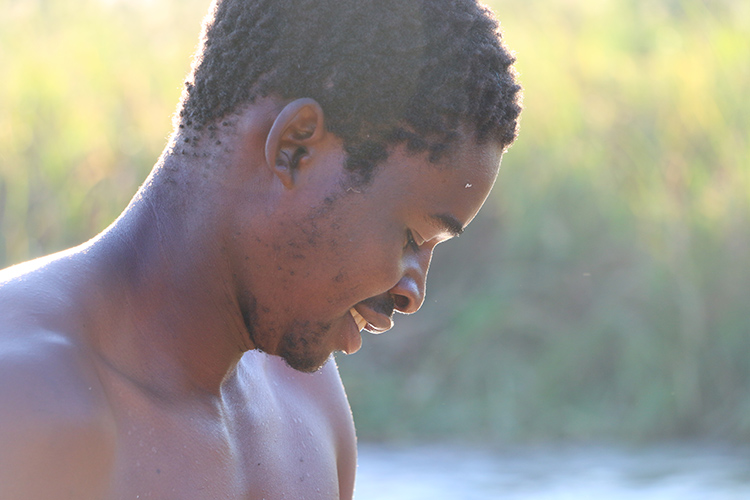
Above: Richard returns to his campsite, baskets in tow. The night’s fire – lit to ward off hippo and other nocturnal creatures – is mere smoke now. He pats down the basket to release the fish into the mokoro.
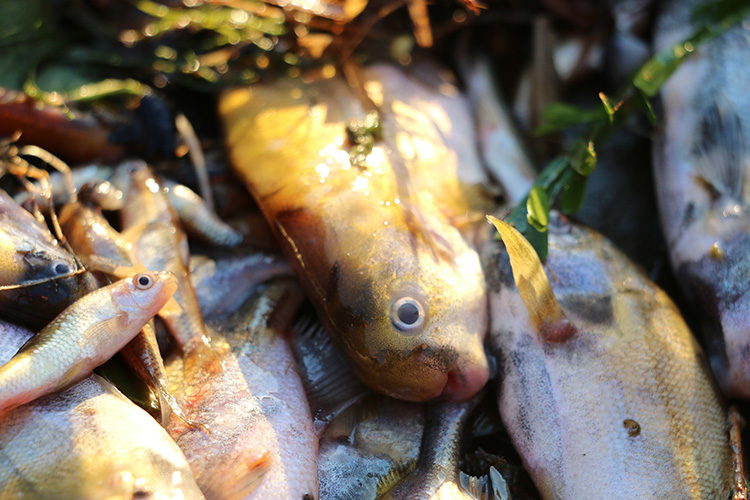
Above: Each basket can hold around 25 kilograms of fish. The Parrotfish are picked out and bagged, the baskets taken back out into the river for the next catch. The rounded head of the Zambezi Parrotfish is what gives it its name.
Above: The day’s work continues until sun down. Richard returns to the river, as he will, day and night, until the end of the season in the last few days of July.
Discover the Parrotfish Run for yourself at Royal Chundu.
